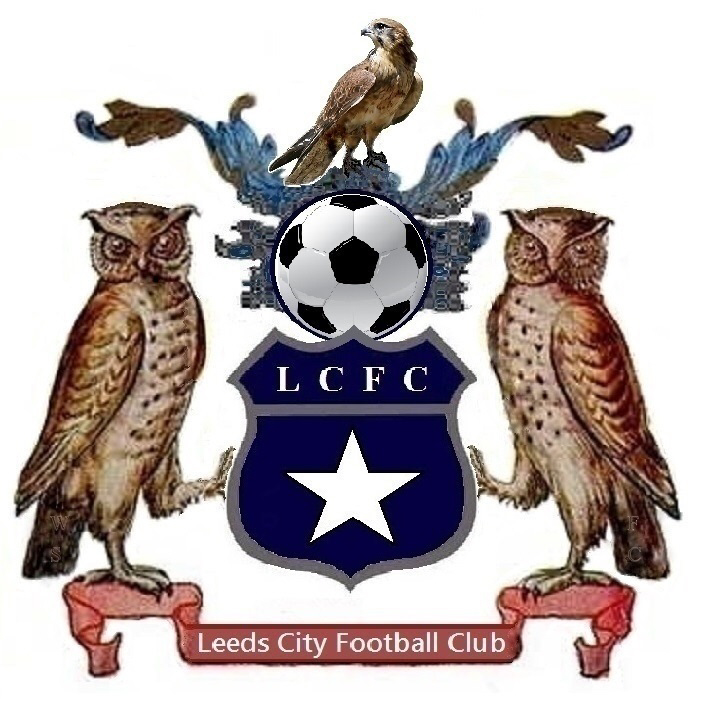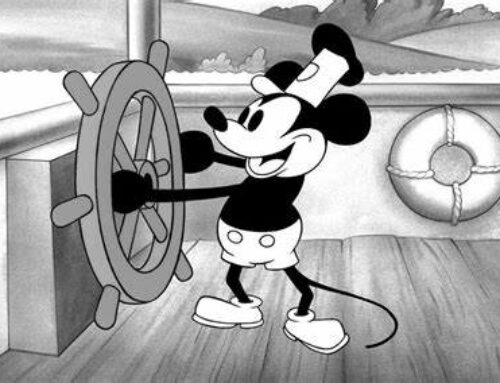Leicester scores win in trade mark opposition

Leicester City Football Club have scored a win against Leeds City Football Club in a trade mark match over the latter’s club crest that was held likely to cause confusion with the average consumer.
Opposition Background
In June 2017, Leeds City (not to be confused with separate club, Leeds United), which plays its football in the Premier Division of the West Yorkshire League, filed to register the club logos (shown above) for goods and services in classes 16, 25, 26 and 41 including printed matter, clothing, badges and sporting activities.
Leicester City opposed the trade mark application, relying on its rights in the word mark LCFC registered in the UK since April 2001. The club’s opposition was based on sections 5(2)(b), 5(3), 5(4)(a) and 3(6) of the Trade Marks Act 1994 (“the Act”).
Evidence about the history of Leeds City and its progression through the divisions of the West Yorkshire League and an image of an older club crest that included three owls and the letters LCFC was filed by Leeds City. However, the club had no professional representative in the matter. The Hearing Officer commented in his decision that Leeds City had made some errors in the required legal format and deadlines for filing of its evidence and submissions. Furthermore, the club appeared to misunderstand the proper legal assessment of the marks and of a likelihood of confusion.
Striking Position
Given the marks are similar to the extent that Leicester City’s mark LCFC is entirely contained in Leeds City’s mark, which itself “occupies a central and striking position” in the later mark, the UK Intellectual Property Office (“UKIPO”) held that a likelihood of confusion did exist under section 5(2)(b) of the Act. Accordingly, the UKIPO rejected the trade mark application in its entirety.
In the case of both marks, the average consumer will recognise that the letters FC stand for “Football Club” and the letters “LCFC” is an acronym for a football club having the initials “LC”. Accordingly, the marks are conceptually similar to a medium to high degree.
Although Leeds’ mark contains “large and striking device elements” such as the two owls on either side of the shield device, the football located directly above the shield, and the third bird located above the football and the wording “Leeds City Football Club” written below, the UKIPO held that these elements are not enough. If anything, the heraldic elements, the football and prominent positioning of an acronym ending FC will be immediately recognised by the average consumer as being the crest of a football club having the initials LC.
Bad Faith
Whilst Leicester City successfully opposed Leeds City’s mark under section 5(2)(b) and its other grounds of opposition did not need to be assessed, the Hearing Officer still addressed the claim that the application was made in bad faith because such an allegation is a serious matter and can only succeed if there is cogent evidence to that effect. The Hearing Officer concluded fairly quickly that as Leeds City’s mark includes the full name ‘Leeds City Football Club’, together with the acronym LCFC and much of the Leeds City’s coat of arms, that was insufficient to establish dishonesty and “some dealings which fall short of the standards of acceptable commercial behaviour” to constitute bad faith.
Tidman Comment
This case illustrates that even “large and striking device elements” may not be enough to sufficiently distinguish between marks, particularly if they coincide in identical word or letter elements. Acronyms can hold a normal degree of distinctive character, provided they do not directly refer to the goods or services at issue. In cases where the earlier mark is entirely contained in the later mark, the marks are likely to be held to be confusingly similar.
The full case can be found here.
Tidman Legal is a firm of specialist trade mark lawyers based in Edinburgh. This article is intended for general information only. Its content is not a statement of the law on any subject and does not constitute advice. Please contact us for advice if you are facing an opposition or wish to oppose a trade mark application.






